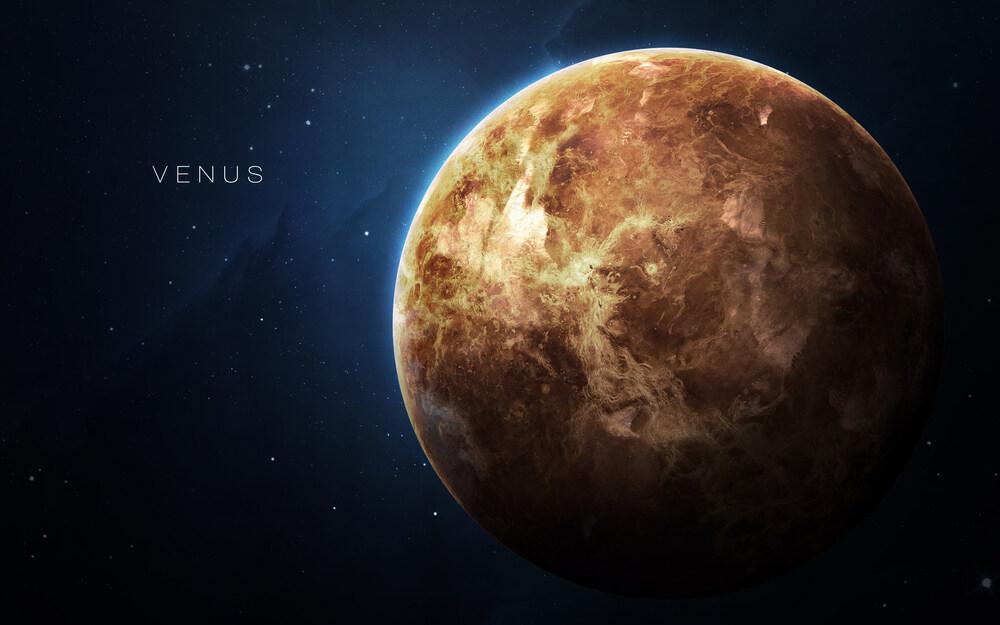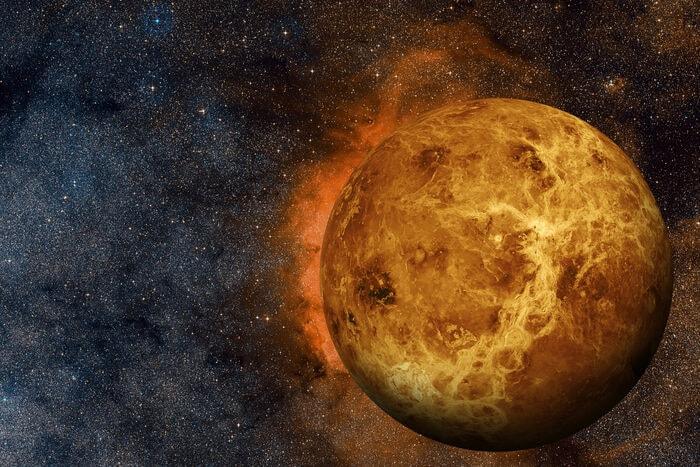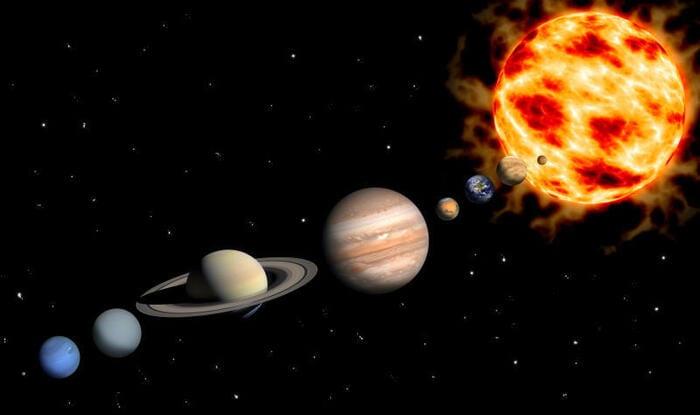
Venus, goddess of love and also, a distant, mysterious planet. In our race for survival, where the ultimate prize is death. We sometimes miss so much of what surrounds us at every turn. Miracles are all around us and it's no joke. Take wind, for example. A destructive force capable of destroying entire cities. But we can't even see it. To feel it, but not to see it. We are so used to it that we don't even think about what the wind is?
And this is just one of the many examples of what we miss out on in the pursuit of illusions and the fulfilment of other people's desires. You may ask, what does the "planet of love" have to do with it? We can't even see it. But like everything else in the reality that surrounds us, everything is connected. Tight and inseparable. When it gets dark, you go outside and look up at the sky, somewhere there life is born, wandering from planet to planet, bringing violence and destruction to everything it touches and the name of this calamity is humanity. Who is incapable of living in peace, even with their nearest and dearest.
The planets of Venus, interesting facts...
In fact, Earth has much more in common with Venus than with Mars: they are both rocky planets, are in the habitable zone (i.e. the right distance from the Sun), and have a similar size and composition. In short, it's Earth's twin, but in... a hellish version.
And if you get the idea to fly out on holiday and spend a weekend on the surface of our distant neighbour... prepare to spend several years on the planet. After all, a day, i.e. the time it takes this celestial body to make one complete revolution around its axis, is equivalent to 243 Earth days; on the other hand, a year (one revolution around the Sun) lasts less than a Venusian day: 225 days! Moreover, Venus rotates on its axis in the opposite direction to the Earth: the Sun rises in the west and sets in the east.
It now has a toxic atmosphere made up of 95 per cent carbon dioxide and is covered in clouds of sulphuric acid, an acid that can corrode skin, bones and metals in a matter of moments. On the surface, temperatures approach 500 °C, enough to melt any spacecraft. And to top it all off, the atmospheric pressure is 90 times that of the Earth: to make it clearer, imagine stepping out of your house and stepping outside - a pressure of tens of thousands of tons would feel as if you were a kilometre underwater. But it wasn't always like this, there have been better times on this planet.
Venus is Earth's twin.
As a study published in the journal Nature Astronomy has revealed, astronomers have detected significant concentrations of phosphine, a gas that on Earth is only produced artificially or by biological processes (i.e. associated with living things!) in the turbulent atmosphere of Venus.
For this reason, some scientists hypothesised several decades ago that if life forms ever existed on Venus, they may have developed in the clouds enveloping the planet rather than on the surface, which is clearly not very hospitable. Also in favour of these hypotheses is the fact that dark patches have been found among the Venusian cloud clusters, which may be dense colonies of bacteria.
Atmosphere of Venus
In fact, it is in the atmosphere of Venus that the Atacama Large Millimeter Array radio telescopes (Chile) and the James Clerk Maxwell Telescope (Hawaii, USA) have detected high concentrations of what appears to be phosphine, the gas responsible for the phenomenon of grease fires - the small flames that sometimes appear in marshes and graveyards from the decay of organic material.
Also, a large number of molecules called 'heavy water' have been discovered, which may indicate the existence of liquid oceans billions of years ago. But then something terrible must have happened. According to scientists, the environmental disaster may have been caused by volcanoes or ...: carbon dioxide released in very large quantities would have caused an uncontrollable greenhouse effect and hence global warming. The purpose of the three missions to the planet Venus in the not too distant future will be to test this hypothesis and try to understand over what period the climate has changed. If the warming occurred a few million years after the planet was born, then Venus, may have had a tropical world with rivers, lakes and seas long ago. A lost paradise which may well have been full of life.




 and then
and then 
